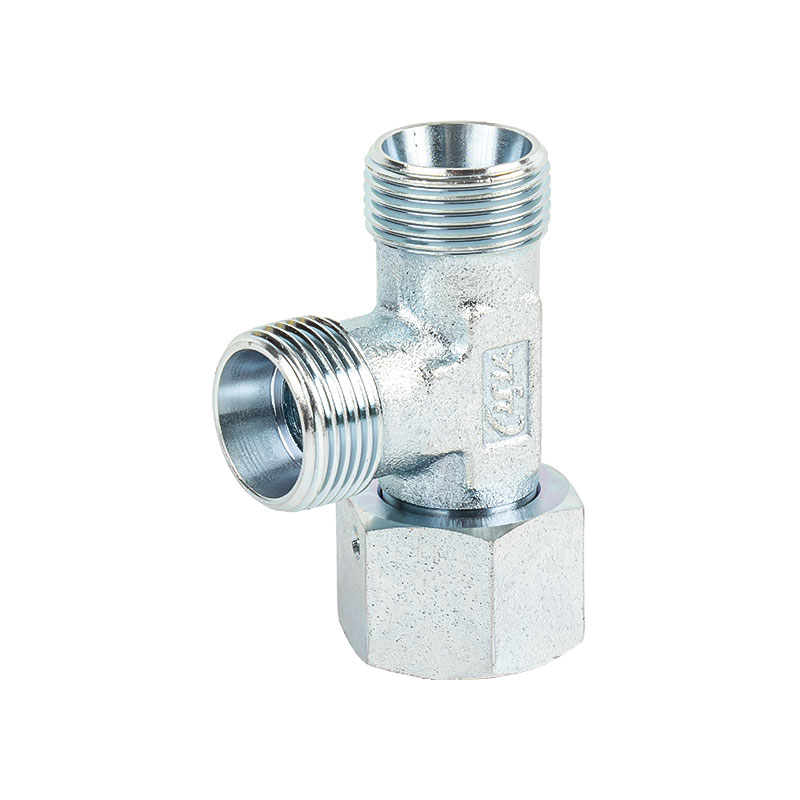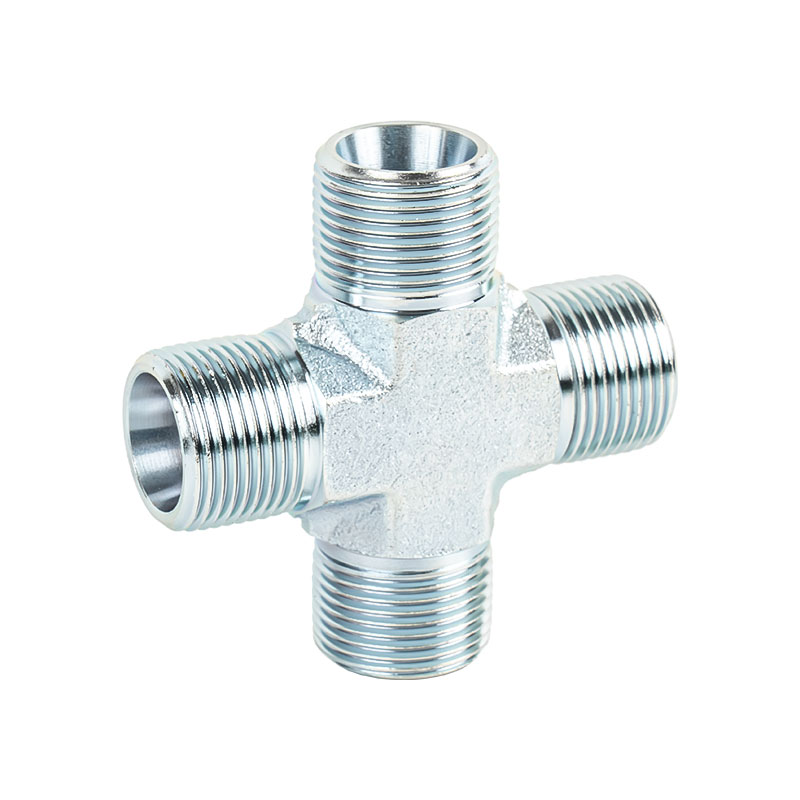Inspecting bite-type tube fittings for wear or damage is crucial to ensure they continue to perform effectively, prevent leaks, and maintain system integrity.
Check for Cracks or Deformation: Visually inspect the fitting for any visible cracks, bends, or signs of deformation. Even small cracks can lead to leaks or compromised sealing.
Examine the Bite Area: The bite area (where the fitting makes contact with the tubing) is the most critical part. Look for signs of wear, such as scratches, scoring, or uneven marks, which can affect the seal.
Look for Corrosion: Inspect for any corrosion, rust, or discoloration on the fitting’s surface, especially if the fitting is exposed to harsh chemicals, moisture, or high temperatures. Corrosion can weaken the fitting and compromise its performance.
Check for Excessive Wear on the Bite Ring: The bite ring is designed to create a tight seal around the tubing. If the ring appears flattened, gouged, or excessively worn, it may no longer provide a secure grip on the tube, leading to leaks.
Inspect the Ferrule (if applicable): In some bite-type fittings, there may be a ferrule (the component that compresses the tubing). Check for cracks, distortion, or signs of slippage.
Leak Testing: If the system is pressurized, visually inspect the fitting for any signs of leakage. Leaks are often the first indication that the fitting is damaged or worn. If the system is not pressurized, consider using a leak detection solution or soapy water to identify bubbles around the fitting.
Pressure Test: If the system allows, perform a pressure test to check if the bite-type fitting holds the intended pressure. A sudden drop in pressure could indicate a weak seal or damage in the fitting.
Verify Tightness: Over-tightening or under-tightening can damage the fitting or cause leaks. Use a torque wrench to ensure that the fitting has been tightened to the manufacturer’s recommended torque specifications. If the fitting is too tight, it could deform, while a loose fitting might fail to provide a proper seal.
Look for Signs of Over-Tightening: If the fitting’s threads appear to be stripped or if there are visible signs of thread deformation, it could be a result of over-tightening, which can damage both the fitting and the tubing.
Check for Tube Damage: Since bite-type fittings rely on a secure connection to the tube, inspect the tubing where it enters the fitting. Look for signs of crushing, cracking, or deformation, which could prevent a proper seal.Ensure Proper Tube Insertion: Confirm that the tube is fully inserted into the fitting. If the tube is not seated correctly, it could lead to a weak seal and potential leaks.
Look for Debris: Inspect the fitting and surrounding area for any dirt, debris, or contaminants that could affect the seal. Particles trapped between the fitting and the tube could prevent a proper connection and lead to leaks.Ensure Cleanliness: Clean both the fitting and the tubing before reassembling the connection to prevent contaminants from entering the system.
Check for Movement or Shifting: If the system is subject to vibrations, check if the fitting is securely held in place and if there’s any movement or loosening over time. Excessive vibrations can loosen fittings or lead to wear and damage.
Inspect for Loosening Over Time: Bite-type fittings are designed to resist vibration, but over time, excessive vibration or thermal cycling can cause them to loosen. If the fitting has moved or loosened, it should be replaced or tightened.
Examine the O-rings or Seals (if present): If the bite-type fitting includes any seals or O-rings, check for signs of wear, cracking, or deterioration. Damaged seals can cause leaks even if the fitting itself appears intact.
Check for Compression: Inspect the compression element (in cases where bite-type fittings use compression seals) to ensure it hasn’t been over-compressed or damaged during installation. Over-compression can lead to the fitting not being able to maintain a proper seal.
Flow Test: If the system is operational, check the flow rate and performance of the system. A drop in performance could be a sign of an issue with the fitting, such as a blocked or partially disengaged connection.
Functional Testing: If you’re unsure about the fitting’s condition, perform a functional test in which you pressurize the system and observe if the fitting behaves as expected. Any changes in pressure or performance could indicate a problem.
- Home
- About
- Products
- Adapter Fittings
- Bite Type Tube Fittings
- BSP Fittings
- JIC Fittings
- ORFS Fittings
- Metric Thread Clamp 24° Sealing Sleeve Joint
- British Pipe Thread 60° Internal Cone Sealing Joint
- Japanese British Pipe Thread 60° External Cone Sealing Joint
- American Threaded 74° External Cone Flared Sealing Joint
- American Threaded NPSM Connector
- American Threaded O-Ring Flat Seal Joint
- Metric Thread O-Ring Flat Seal Fittings
- Metric Thread 74° External Cone Flared Sealing Joint
- SAE Mining Quick Connector
- One-Way Valve
- Hose Fittings
- Adapter Fittings
- News
- Contact
Feedback

 中文简体
中文简体








